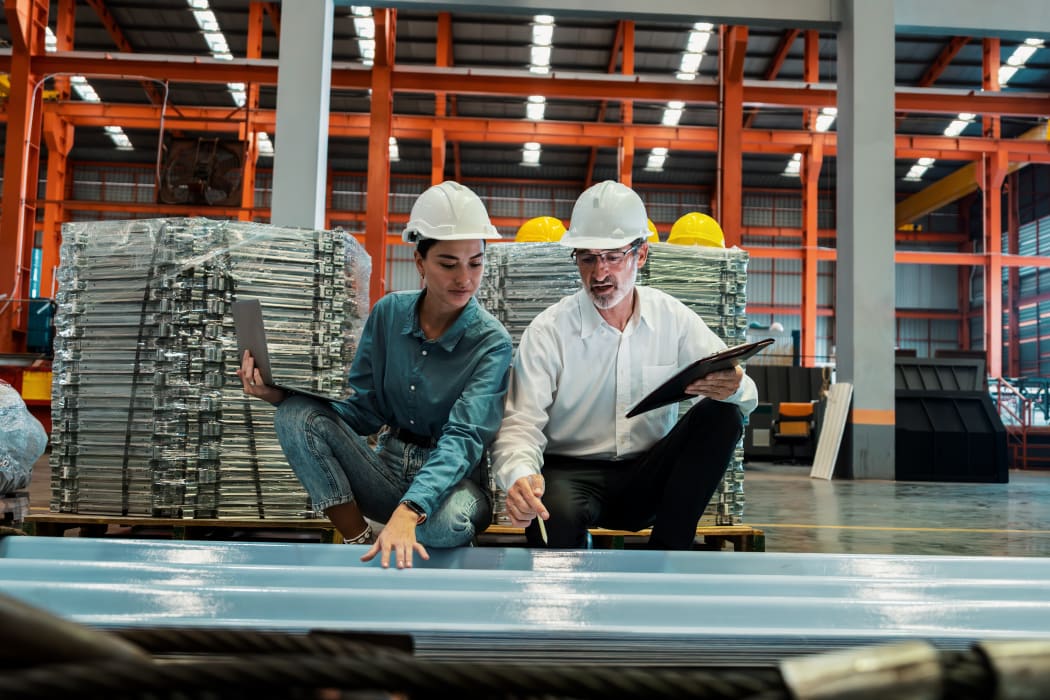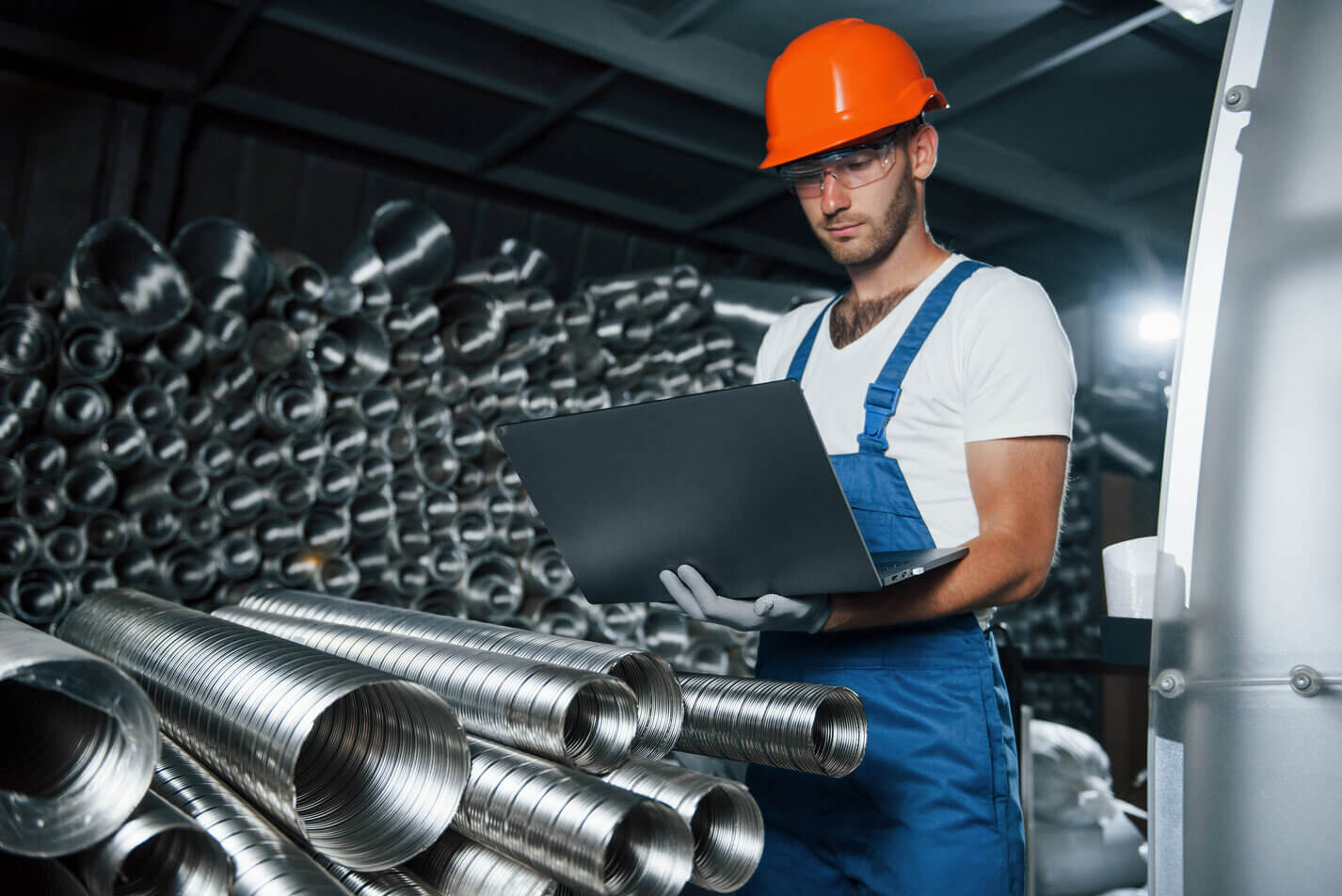Manufacturing has long been recognized as a cornerstone of economic development and innovation, serving as the backbone of industries worldwide. As technology continues to advance, the manufacturing sector is increasingly becoming a dynamic landscape driven by automation, digitalization, and sustainable practices. This article explores the transformative evolution of manufacturing processes, the integration of smart technologies, and the crucial role they play in shaping the future of global supply chains and economies.
In today’s competitive environment, manufacturers are tasked with not only meeting consumer demands but also adapting to rapidly changing market conditions. This necessitates a focus on efficiency, quality, and sustainability. From traditional assembly lines to cutting-edge smart factories, the manufacturing industry is undergoing a significant metamorphosis. This article delves into the current trends, challenges, and opportunities within the sector, highlighting the importance of innovation and adaptability in fostering long-term success.

Technological Advancements in Manufacturing
The convergence of technologies such as the Internet of Things (IoT), artificial intelligence, and robotics is revolutionizing manufacturing processes, enabling companies to achieve higher levels of efficiency and precision. Smart factories are becoming increasingly prevalent, where interconnected systems collect and analyze data in real-time to optimize production workflows. This shift not only enhances operational efficiency but also fosters sustainability by minimizing waste and energy consumption. For instance, manufacturers that leverage IoT solutions can monitor machine performance and maintenance needs proactively, thus reducing downtime and improving overall productivity. A prime example of this transformation can be seen in regions like Mexico, where businesses are realizing the Benefits of Manufacturing in Mexico, including cost-effectiveness and access to skilled labor.
Challenges and Opportunities Ahead
Despite the myriad of opportunities presented by these technological advancements, manufacturers face several challenges, including skill shortages and cybersecurity threats. The rapid pace of innovation necessitates continuous training and development for the workforce to stay ahead in this evolving landscape. Moreover, as supply chains become more interconnected through digital platforms, the risk of cyberattacks increases, requiring manufacturers to invest in robust cybersecurity measures. However, by embracing these challenges as opportunities for growth and improvement, companies can not only enhance their resilience but also position themselves as leaders in the global market. The future of manufacturing lies in adaptability—those who can leverage technology while maintaining a focus on sustainability will thrive in this competitive arena.
In conclusion, the manufacturing sector stands at a pivotal juncture, propelled by technological advancements and an urgency for sustainable practices. As manufacturers navigate the complexities of an increasingly digital and interconnected world, the ability to adapt to new technologies and changing consumer expectations will be essential for success. Embracing innovation not only fortifies operational efficiency but also cultivates a resilient workforce capable of tackling future challenges. Moreover, sustainability must remain at the forefront of manufacturing strategies, as both consumers and regulators increasingly prioritize eco-friendly practices. By fostering a culture of continuous improvement and leveraging emerging technologies, the manufacturing industry can not only meet the demands of today but also build a more sustainable and prosperous future for generations to come.
